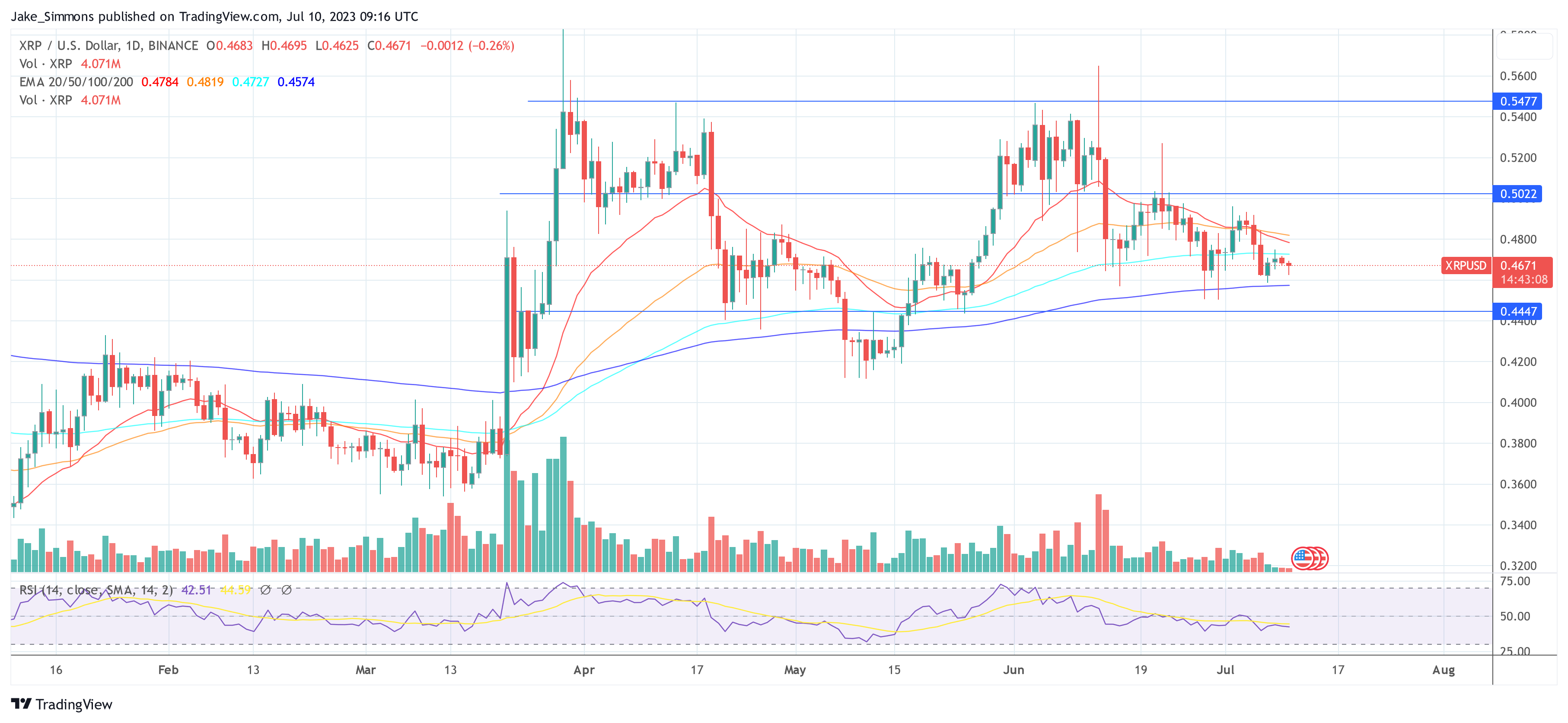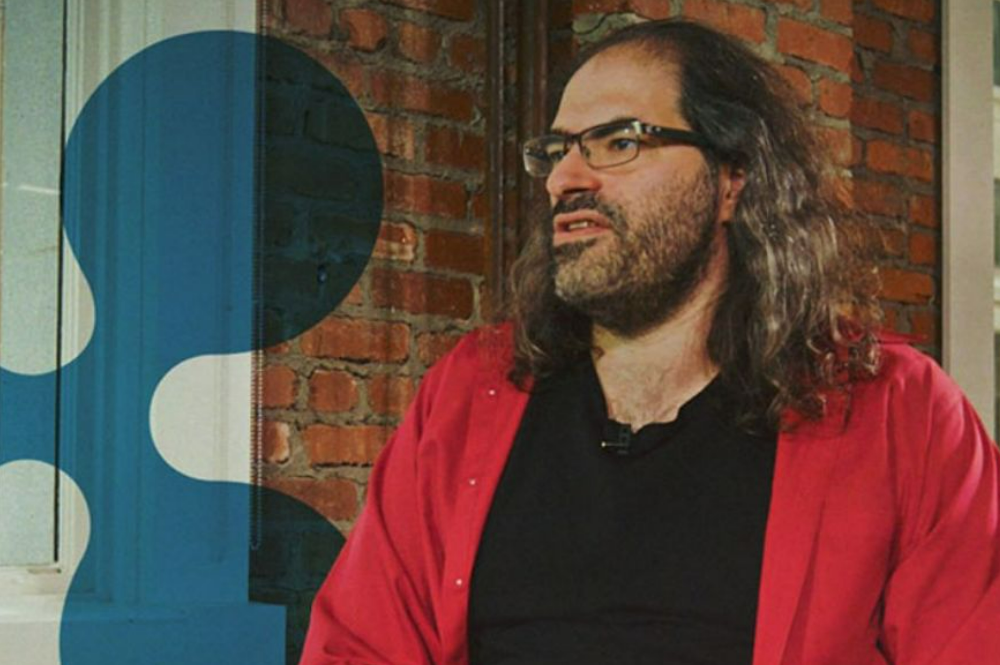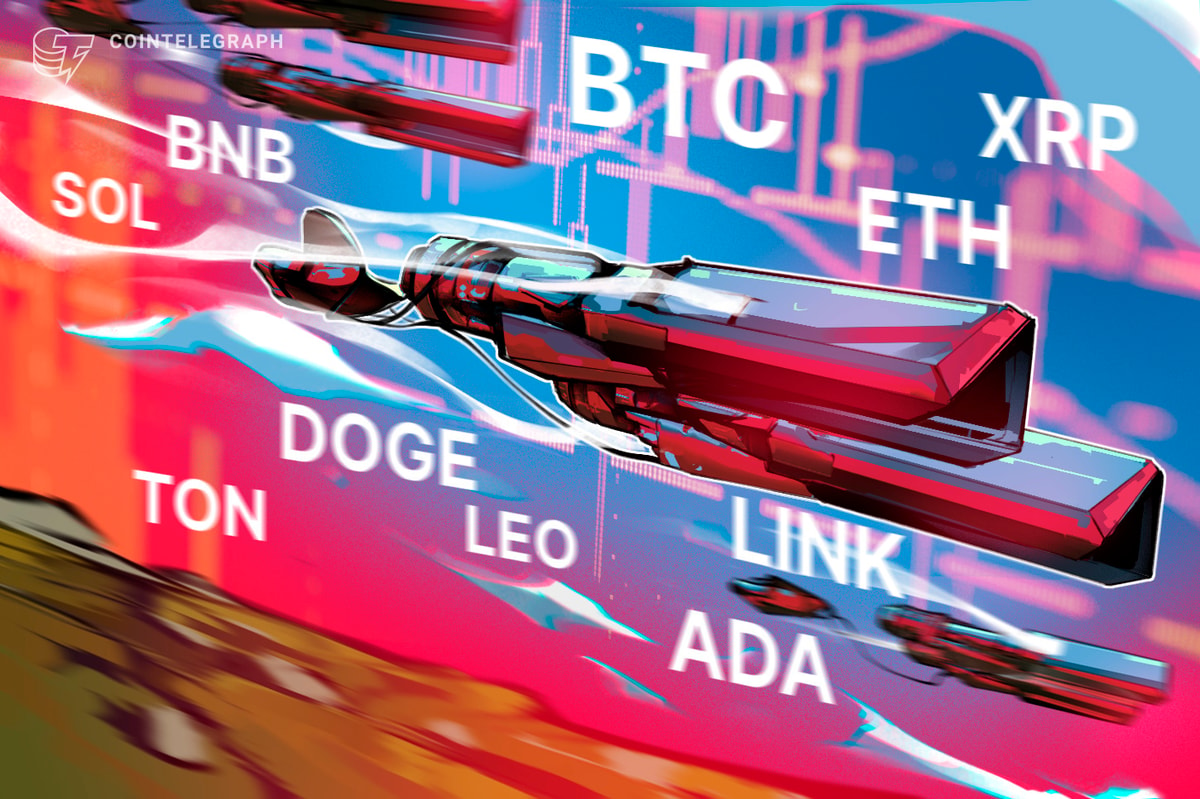The possibility of introducing incentives on the XRP Ledger (XRPL) and the lack thereof have recently sparked lively discussions and confusion in the XRP community as well as among Ripple executives. While some developers have shown interest in exploring incentives on the XRPL, a misunderstanding has arisen regarding the intentions behind this proposal.
Daniel Keller, CTO at Eminence and an XRPL ambassador, held a poll via Twitter in which the XRP army was able to vote on whether incentives should be introduced. A whopping 78% answered “yes”, possibly in the belief that the XRP Ledger could adopt an on-chain staking mechanism similar to Ethereum.
Had another convo about incentives and it led to staking somehow. IF the XRPL would have secure, trustless ONCHAIN staking, would you stake your XRP?
(Multi poll Thread!)
— Daniel
(@daniel_wwf) July 7, 2023
Ripple CTO Clarifies “No PoS”
However, Keller quickly clarified his intention, stating, “Can’t believe I have to add this: I am NOT talking about PoS. I am talking about a solid on-chain replacement for something like the Bitrue PowerPiggy with a Hook or smart contracts.” This distinction is crucial, as it demonstrates that his focus was not on implementing proof-of-stake consensus but rather on exploring alternative on-chain mechanisms for users to earn rewards.
The discussion gained momentum when Ripple’s Chief Technology Officer, David Schwartz, chimed in, expressing his confusion about the request for staking and questioning the source of the yield. Schwartz said: “This request for staking always confuses me. What would the source of the yield be?”
Keller responded by emphasizing his desire to contrast a centralized third-party solution with a genuine on-chain alternative, acknowledging that the origin of the yield was a separate matter to be considered.
Neil Hartner, a senior staff software engineer at Ripple working on On-Demand Liquidity, further contributed to the conversation. The Ripple dev highlighted the distinction between staking for consensus and locking up XRP for a yield, stating that while an on-chain option to earn yield is desirable, he would not advocate for a switch to proof-of-stake consensus:
Staking for consensus, or more generally just the ability to lock up XRP for a yield, including things like liquidity providing? I’d think everyone would like an on-chain option to earn yield, but I personally wouldn’t want consensus switched to PoS.
Keller concurred with Neil’s viewpoint, clarifying that his proposal revolved around the execution of solutions via hooks or smart contracts, unrelated to the consensus mechanism.
XRP Developers Explore Non-Consensus Incentives
Wietse Wind, the renowned developer of the XRP based XUMM wallet, added to the discussion by commending the progress made by developers in testing “Burn to Mint” (B2M) on the Hooks V3 Testnet. He stated:
Pretty cool to see how devs like @ShortTheFOMO and now Wo Jake are testing “Burn to Mint” (B2M), now B2M is enabled on the Hooks V3 Testnet, based on transactions on XRPL Testnet. Not something that may one day work: it’s working today. Lots of energy. Thanks for building!
Further adding to the discussion, Wo Jake, a XRP developer, took to Twitter to share his thoughts on the XRPL’s incentive model. He highlighted the need for an improved model, attributing its shortcomings as a hindrance to the XRPL’s real-world adoption over the past years. Jake proposed introducing non-network-securing incentive models, envisioning positive outcomes for the community and various contributors.
He presented several native incentive models, such as rewards for utilizing hooks, holding XRP for a specific duration, and locking up XRP. To ensure an active and engaged network, he suggested that users would need to redeem their rewards by actively participating in network activities. This approach, he argued, would foster research and development, encourage community engagement, and attract more participants to the XRPL ecosystem.
So let’s lay out some native incentive models that I made up.
You get a reward after…
1⃣ HOOKS: Someone uses your Hook (someone burns XRP by using your Hook)
2⃣ BALANCE: A certain amount of time holding XRP
3⃣ LOCK UPS: Locking up your XRP for a certain amount of time
5/
— Wo Jake
(@woj4ke) July 8, 2023
So while a consensus-based incentive model like a Proof of Stake is not desired by Ripple executives or community developers, holding XRP could become more lucrative in the future. Which idea will prevail remains to be seen.
At press time, the XRP price changed hands for $0.4671, continuing its sideways trend of the past













